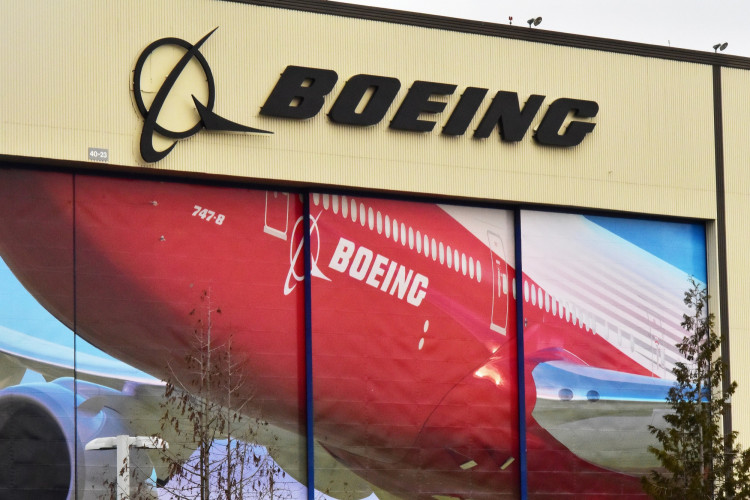Boeing reported Wednesday that aircraft deliveries and improved operations helped it generate positive free cash flow for the first time in nearly two years, even as the company absorbed a $4.9 billion charge tied to further delays of its long-awaited 777X jet. The results underscore both progress and persistent setbacks as CEO Kelly Ortberg pushes to restore financial stability and regulatory trust at the U.S. aerospace giant.
For the third quarter, Boeing posted revenue of $23.27 billion, up 30% from a year earlier and ahead of Wall Street expectations of $21.97 billion, according to data from LSEG. The company still reported a quarterly loss of $4.78 billion, or $7.14 per share, compared with a $5.76 billion loss a year ago. On an adjusted basis, the core loss per share was $7.47-worse than the $4.92 analysts expected-largely because of the 777X accounting charge.
Ortberg said the setback reflects Boeing's continuing challenges with certification and production programs. "While we are disappointed in the 777X schedule delay, the airplane continues to perform well in flight testing," he stated. "We remain focused on the work ahead to complete our development programs and stabilize our operations in order to fully recover our company's performance and restore trust with all of our stakeholders."
The company said it now expects the first delivery of the 777X in 2027, nearly six years after the model's first flight. Boeing's flagship wide-body remains unapproved by regulators, and the latest delay triggered the noncash charge. Despite the hit, Ortberg noted that "we achieved important milestones in our recovery as we generated positive free cash flow in the quarter and jointly agreed with the FAA in October to increase 737 production to 42 per month."
- Financial highlights:
- Revenue: $23.27 billion (up 30% year-over-year)
- Adjusted loss per share: $7.47 vs. $4.59 expected
- Free cash flow: positive $238 million, compared with a $1.34 billion outflow a year ago
Boeing's commercial airplane deliveries rose sharply, totaling 160 aircraft in the third quarter-up from 150 last quarter and 116 a year ago. That included 121 737 Max jets, 24 787s, nine 777s, and six 767s. The company has delivered 440 aircraft so far in 2025, compared with 291 during the same period last year, a key driver of its improved cash position since airlines pay for most jets upon delivery.
The turnaround reflects growing confidence from regulators and customers after years of crisis. Earlier this month, the Federal Aviation Administration lifted a production cap on the 737 Max, allowing Boeing to build up to 42 jets per month, up from 38. The FAA has also begun permitting Boeing to perform some of its own final aircraft sign-offs, a signal of restored trust following last year's midair door-panel blowout incident.
Still, challenges remain. The 777X, along with the 737 Max 7 and Max 10 variants, is years behind schedule, and roughly 3,200 Boeing defense workers remain on strike at the company's St. Louis facility after rejecting a proposed contract. The International Association of Machinists and Aerospace Workers said Boeing "failed to meet the demands" of striking union members.
Boeing's commercial division saw revenue jump 49% year-over-year to $11.09 billion, while defense revenue rose 25% to $6.9 billion and global services grew 10% to $5.4 billion. The company reaffirmed its forecast for stronger cash generation in 2025, targeting total cost savings of $3.5 billion as Ortberg's turnaround strategy gains traction.






